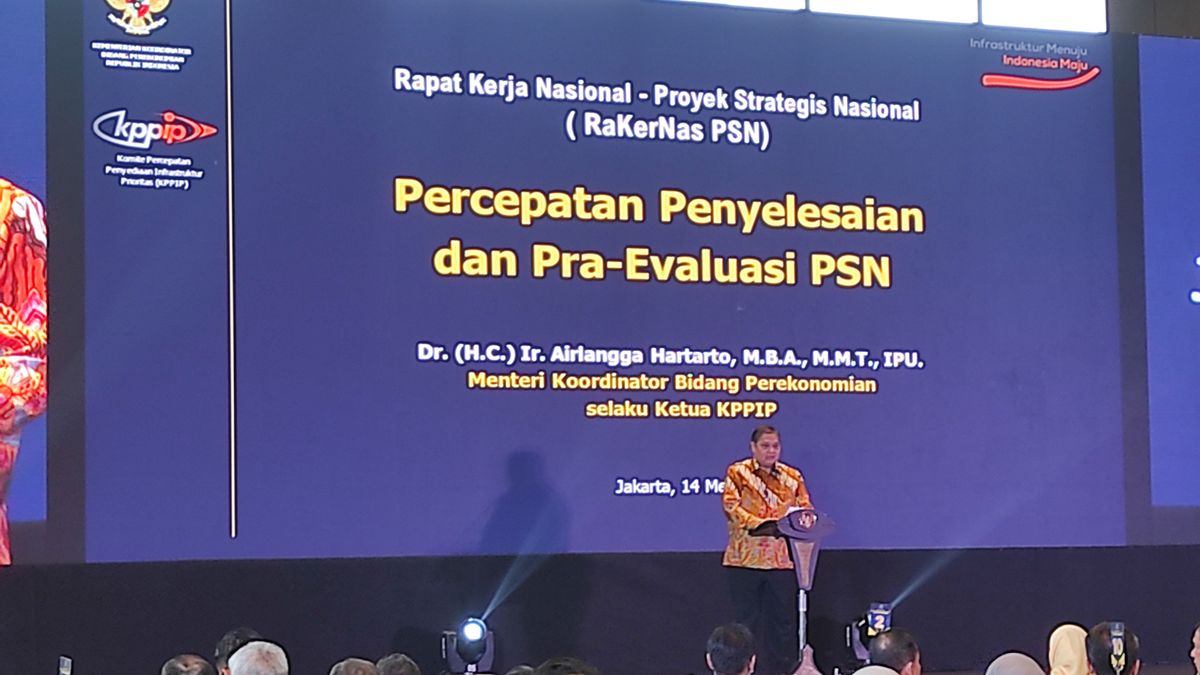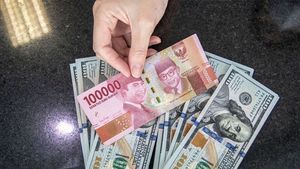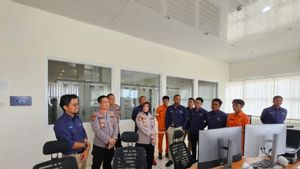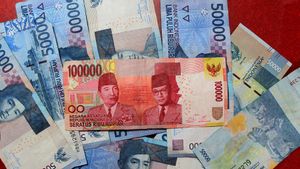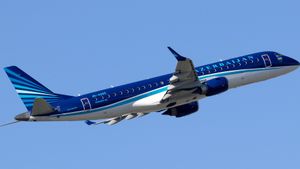Coordinating Minister for Economic Affairs Airlangga Hartarto said Indonesia's economic growth in the first quarter of 2024 was 5.11 percent stable and far from a recession despite global economic pressures such as high interest rates and the risk of geopolitical tension.
"Our economic growth is one of the highest growth so far and if we look at various rating institutions from the agency, it provides positive assessments," he said at the National Working Meeting for the Acceleration and Pre-Evaluation of PSN, Tuesday, May 14.
Airlangga said that from various macroeconomic indicators, Indonesia showed strong and stable conditions such as Indonesia's inflation in April 2024 of 3 percent, lower than peer countries. Indonesia only lost to South Korea and Germany whose inflation was 2.9 percent and 2.2 percent, respectively.
In addition, Airlangga added that inflation in countries such as Russia 7.7 percent, South Africa 5.3 percent, India 4.9 percent, Mexico 4.7 percent, Nepal 4.6 percent, Vietnam 4.4 percent, and even America 3.5 percent. This means that with 5.11 percent economic growth is one of the highest in ASEAN and one of the lowest inflation.
Airlangga said the PMI Index is still at an expansionary level of 52.9 percent and Indonesia is one of the countries that remains stable amid global pressure. This is reflected in the possibility of Indonesia's recession of only 1.5 percent, lower than almost all countries.
Meanwhile, from various surveys, the probability of Indonesia's recession is one of the lowest in the world compared to other countries such as Germany 60 percent, Italy 55 percent, England 40 percent, Australia 32.5 percent, the United States 30 percent Thailand 30 percent, Russia 17.5 percent, South Korea 15 percent, China 12.5 percent, and Indonesia 1.5 percent.
SEE ALSO:
"Indonesia's Recession Probabilities are only 1.5 percent, lower than almost all countries," he said.
Airlangga said that spatially, Indonesia's economy in the Eastern region experienced higher growth, namely in the provinces of Maluku & Papua 12.15 percent, Sulawesi 6.35 percent, and Kalimantan 6.17 percent.
"Economic growth in the three regions is mainly driven by mining activities, metal industry and IKN development," he concluded.
The English, Chinese, Japanese, Arabic, and French versions are automatically generated by the AI. So there may still be inaccuracies in translating, please always see Indonesian as our main language. (system supported by DigitalSiber.id)
